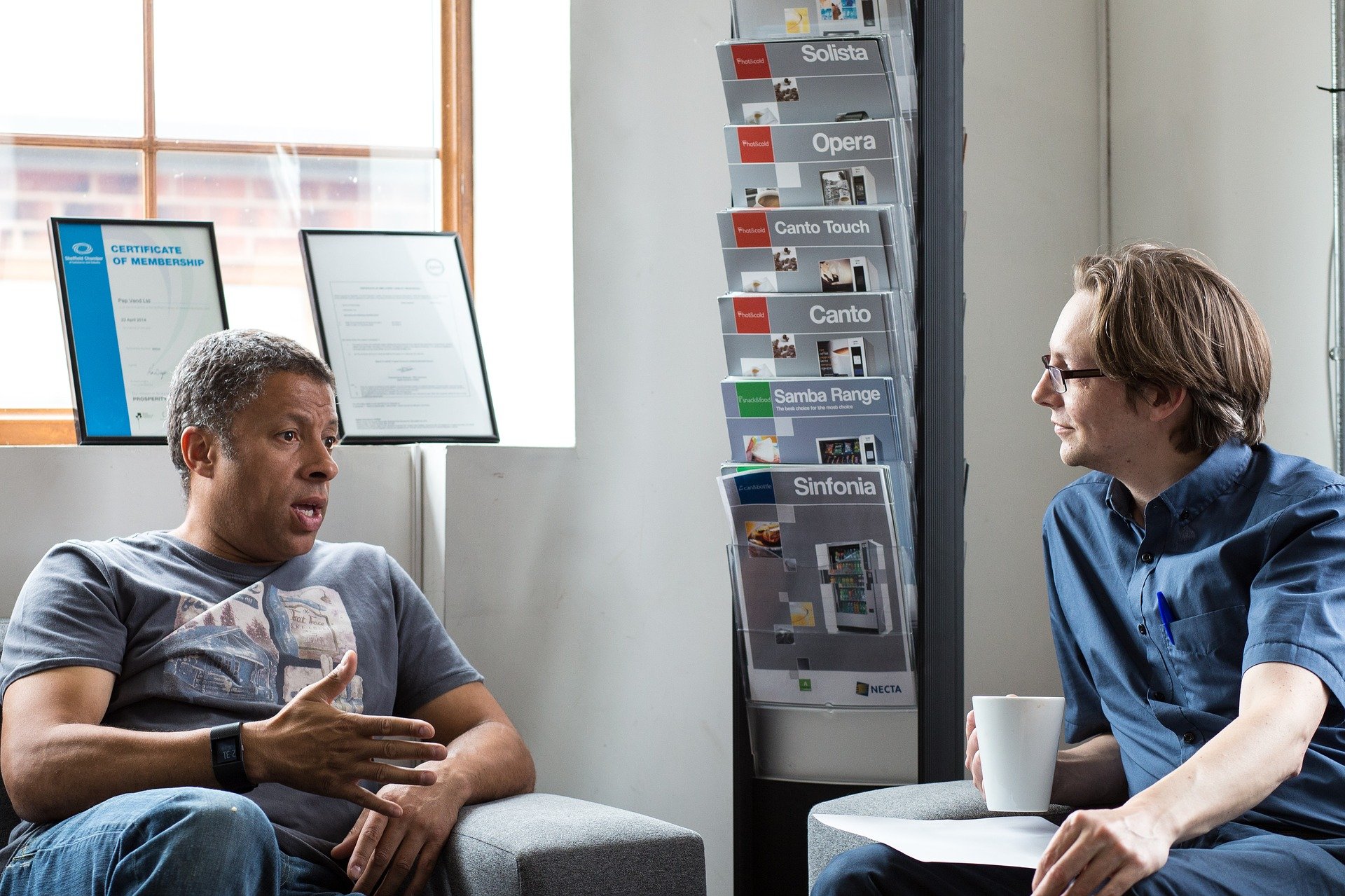Managers will often try to avoid one-to-one meetings, as they may not know exactly what they should be asking in them, or they might be concerned about bringing up a difficult topic. One-to-ones are important, as they help ensure your employees feel valued, and they also allow you the opportunity to raise any concerns before they become unmanageable. For example, if an employee’s productivity has fallen, you can ask them about it during a one-to-one, rather than waiting until it gets to the point where you can no longer employ them. They may be having difficulties at home, and simply by checking in, it can get to the heart of the issue and allow you to make constructive changes to help support them.
One-to-ones should be regular, and you should make the most of the opportunity to speak to your employees. These are some ways to make the most of the meetings.
The Human Touch
When you are having a one-to-one, don’t just dive in headfirst to discuss work-related issues or updates, make sure you show the human touch, by checking in with how they are. It is particularly important during current times when people have just recovered from the aftermath of the pandemic or are still going through it. Ask how they are, how their family are, and what they’ve been doing outside of work. Employees want to feel valued and that their employer cares about them as an individual, and not just as a number. One-to-ones should take place at least once a month, and they can be informal and relaxed. Employees are more likely to enjoy the meetings and feel more relaxed to open up about their feelings, if the meeting is informal.
Set Objectives
A one-to-one meeting should have some objectives. At the start of the meeting, you can explain what these are to the employee. For instance, you want to discuss updates in the office, address concerns, and set goals for the month ahead. It is important to have a breakdown so that employees understand what to expect.
Address Concerns
If you have any concerns about the employee’s performance/attitude etc, this is the time to raise them. A difficult conversation is not pleasant for anyone, but this is why one-to-ones are important, as you can deal with the concerns before they get out of hand. For instance, if an employee’s productivity has dipped, you might want to ask if there’s any reason for it, whether external or internal to the company, and what you can do to help. You should never come down hard on employees during a one-to-one, this won’t help anyone. Always go into it with a focus on what you can do to improve the concern.
Discuss Achievements
If, for instance, an employee’s productivity has dipped, but they are producing quality work and are having a good impact on their colleagues – say it! You should always leave the employee with some positive feedback, even if there are other concerns. Everyone has their good points in the workplace, you wouldn’t have hired them in the first place if they didn’t, and these should be a part of the one-to-one, especially if you need to discuss problems too.
Set Goals
Each one-to-one meeting should finish with some goal setting for the next one-to-one. What do you want them to improve on and what are your expectations? What does the employee need in terms of guidance, support, and training? Make sure this is covered at the end of the meeting.
If you want some advice on undertaking one-to-one’s, you can contact us for an initial chat, either by email at info@bluetreehr.uk or by calling 01787 695084


